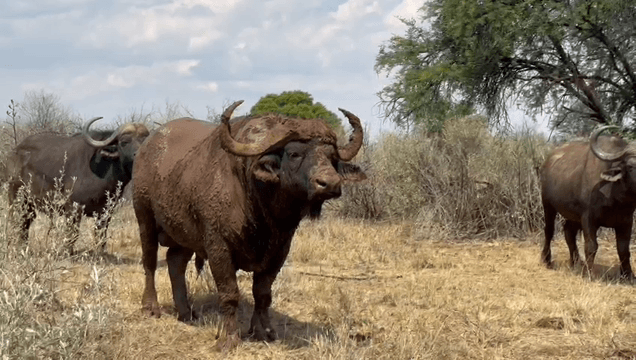
Buffalo Hunting in Mozambique: methods, season, areas, price. (A Hunter's Guide) Mozambique stands as a premier African destination for hunters seeking the ultimate Cape buffalo experience. With vast, untamed landscapes and thriving buffalo populations, it offers a challenging and rewarding pursuit. This guide provides essential information for planning a successful buffalo hunt in Mozambique. Buffalo Species in Mozambique The primary buffalo species hunted in Mozambique is the Cape buffalo (Syncerus caffer caffer). Known for their size, aggression, and iconic horns, Cape buffalo are considered one of the "Big Five" and a highly sought-after trophy. Hunting Methods Tracking on Foot: The most common and exhilarating method involves following buffalo tracks with experienced trackers. Hunters must be prepared for long days of walking in challenging terrain. Spot and Stalk: Glassing from vantage points and then carefully approaching buffalo herds is another effective strategy, partic
Post: 3 March 21:50















































